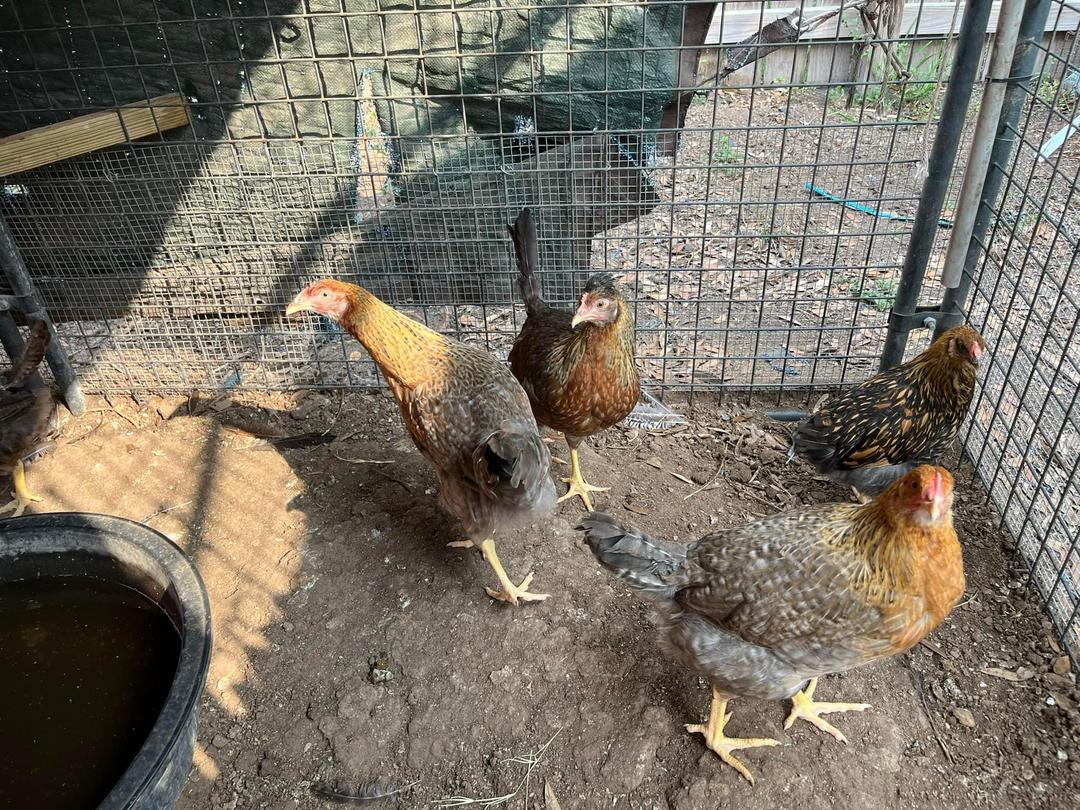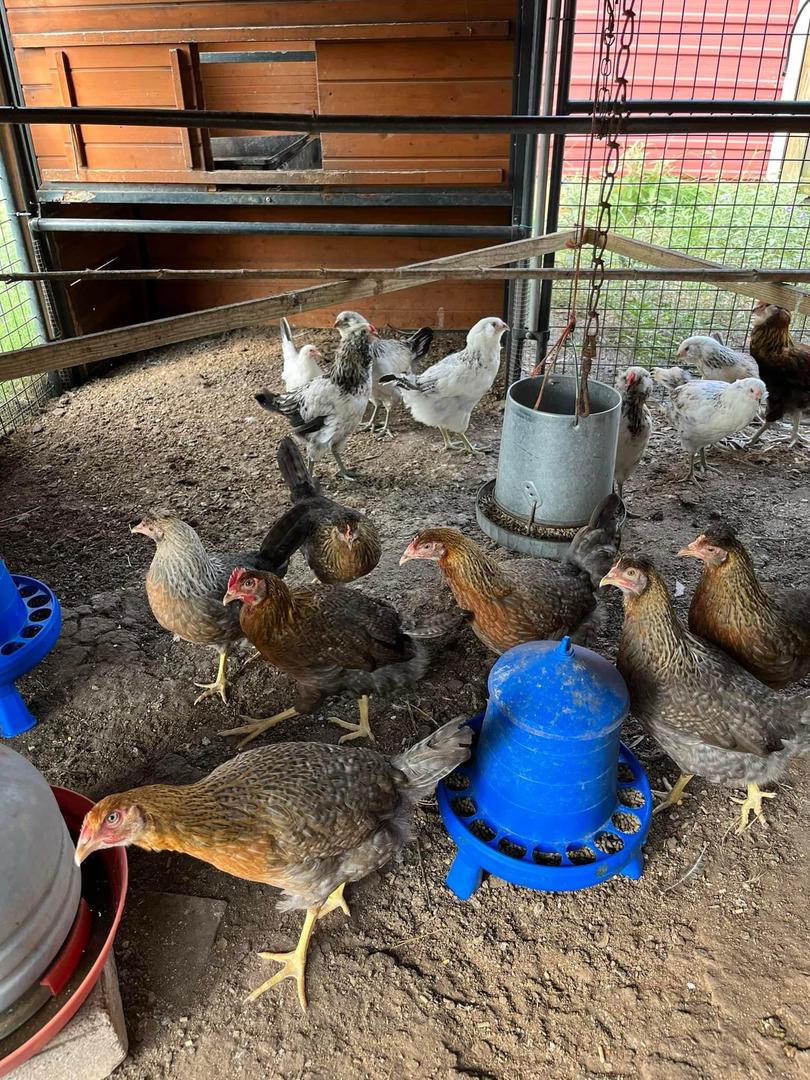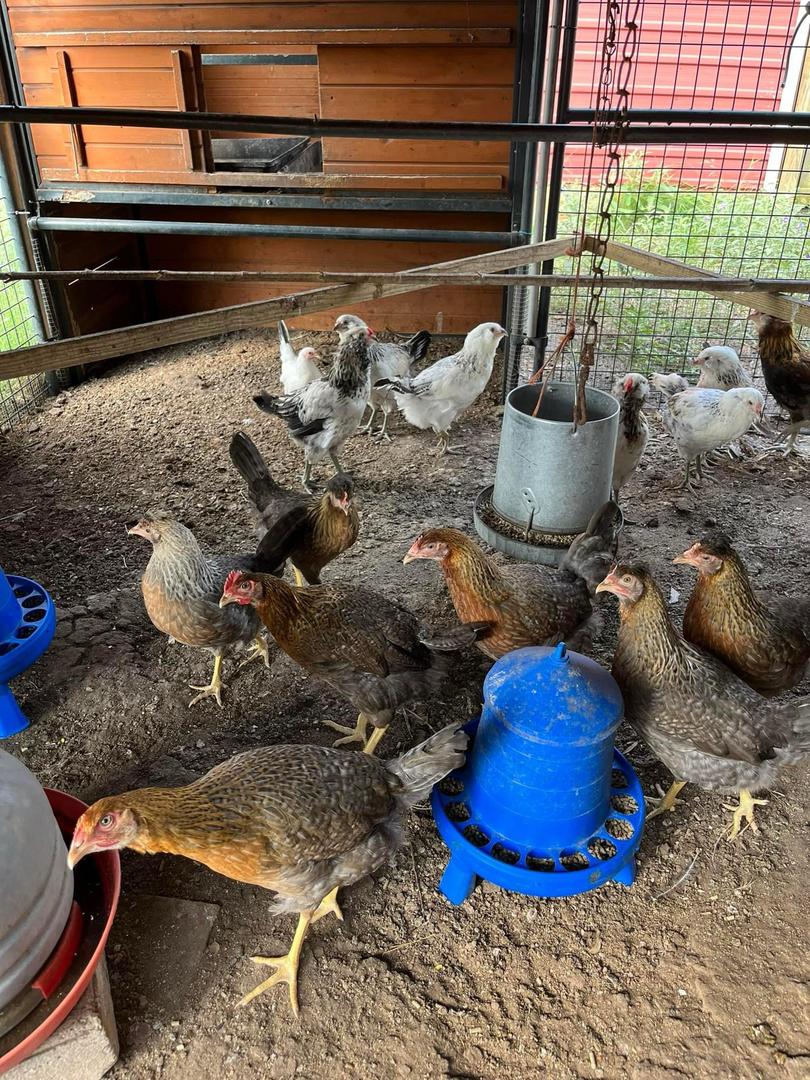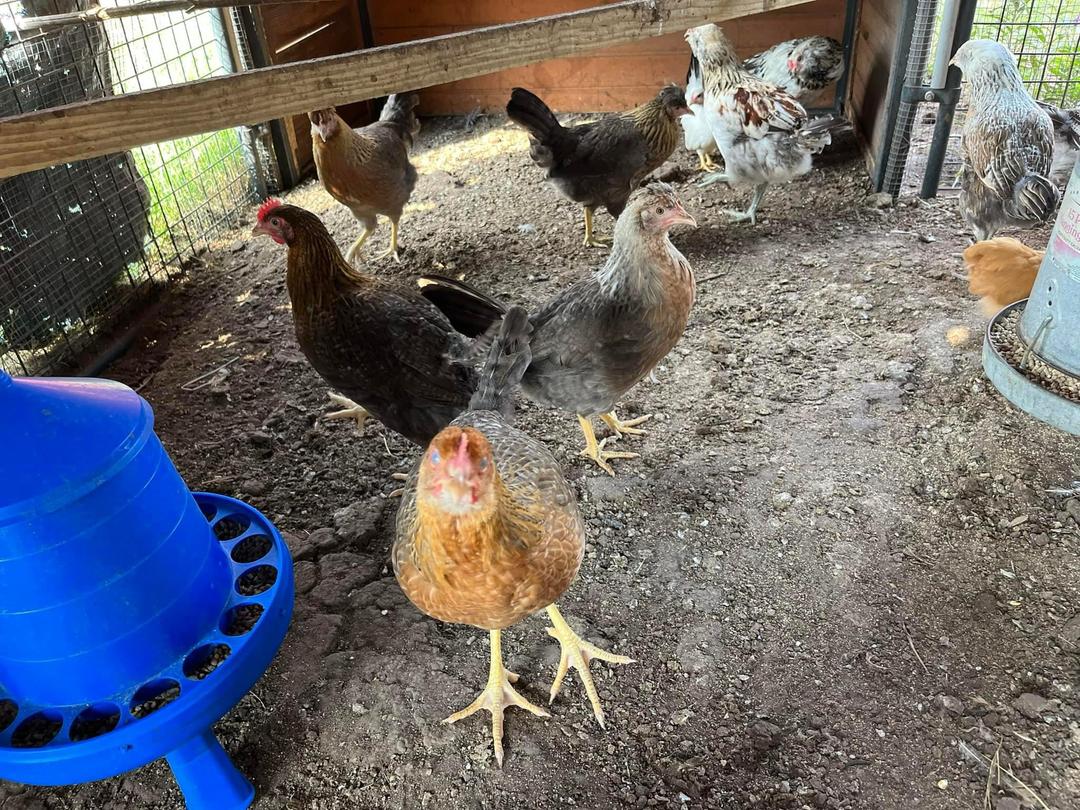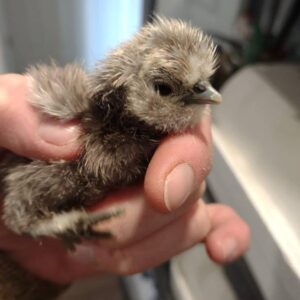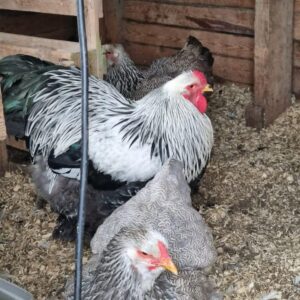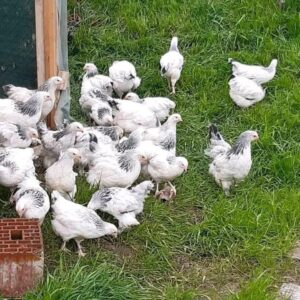Breed Name
Cream Legbar chicken
The Cream Legbar chicken is one of the most distinctive and sought-after auto-sexing breeds available today. Known for their charming appearance and unique egg color, cream legbars are a favorite among backyard poultry enthusiasts and small-scale farmers alike.
$20.00
The Cream Legbar chicken is one of the most distinctive and sought-after auto-sexing breeds available today. Known for their charming appearance and unique egg color, cream legbars are a favorite among backyard poultry enthusiasts and small-scale farmers alike. In this in-depth overview, we explore everything you need to know about cream legbars chicken from their origin and characteristics to their egg production and care requirements.
Developed in the early 20th century by Reginald Punnett and Michael Pease at Cambridge University, the cream legbar was created by crossing Gold Legbars with White Leghorns and cream-colored Araucanas. This special blend not only gives cream legbars their attractive crested appearance and distinct barred plumage but also equips them with an auto-sexing trait. This means that from the moment they hatch, cream legbar chicks can be easily sexed by their down color—a feature that simplifies flock management for both novice and experienced keepers.
what color eggs do cream legbars lay?
One of the most commonly asked questions is, “what color eggs do cream legbars lay?” These unique birds typically lay pastel blue to light green eggs that add a pop of color to your egg basket. The delicate hue of cream legbar eggs is a major draw for those who value aesthetics as well as production. On average, cream legbars produce between 150 to 200 eggs per year, making them reliable layers despite their ornamental appeal.
When searching for cream legbars for sale, many prospective buyers are impressed by the breed’s friendly temperament and active foraging ability. Cream legbars are known to be highly social birds that adapt well to both free-range and confined environments. They are moderately hardy, with some reports suggesting that they tolerate heat well. In fact, many poultry keepers often ask, “are cream legbars heat tolerant?” While these chickens do best in well-ventilated coops with access to shade and cool water during warmer months, they are resilient enough to handle a variety of climates when given proper care.
The characteristics of cream legbars are as remarkable as their egg colors. These medium-sized fowl exhibit a graceful, athletic build, and their unique feather patterns set them apart from other auto-sexing breeds. With a soft crest atop their heads, smooth barred feathers, and bright yellow legs, cream legbars not only look appealing but are also valued for their ease of handling. They are active foragers who enjoy exploring their surroundings, which makes them excellent candidates for free-range setups. Their docile nature and minimal noise levels further contribute to their suitability for urban and suburban poultry keepers.
how long do cream legbars live?
Another frequent inquiry among enthusiasts is, “how long do cream legbars live?” With appropriate care, these chickens have an average lifespan of 6 to 10 years. Their longevity, coupled with their reliable egg production and attractive appearance, makes them a worthwhile addition to any flock. For those interested in expanding their flock, cream legbar chicks are readily available from reputable hatcheries and poultry farms, and ordering cream legbar chicks ensures you start with healthy, true-to-type birds.
In summary, the cream legbar chicken offers a delightful blend of beauty, practicality, and reliable production. Whether you’re searching for cream legbars for sale or simply curious about the characteristics of cream legbars, this versatile breed stands out for its unique egg color, auto-sexing ability, and friendly temperament. From the soft pastel hue of cream legbar eggs to their adaptable nature in various climates, this breed is an excellent choice for anyone looking to enhance their backyard flock with a touch of elegance and practicality.

